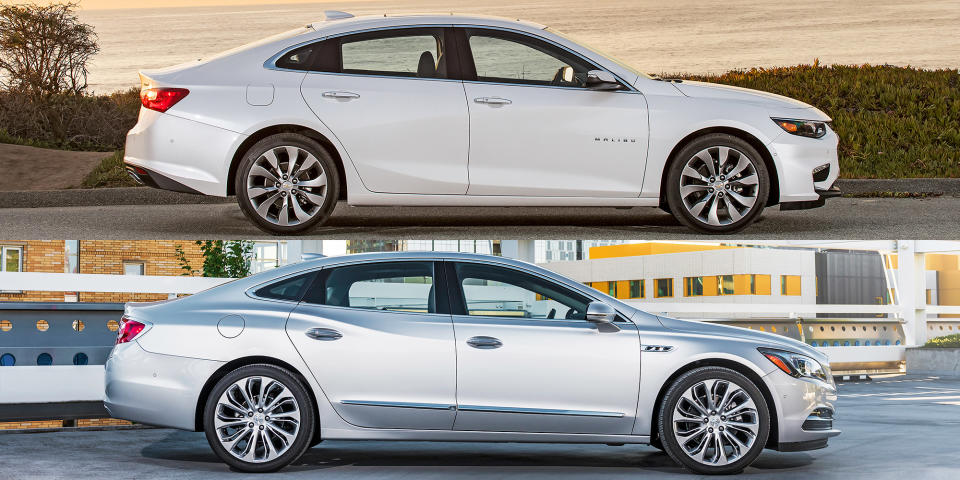How Car Companies Can Make Vastly Different Cars From the Same Components

Dear Bob, I read that Volvo has gone to two modular, expandable "platforms" for all its vehicles, but I have no idea how that works. How does all this stuff fit together? Are we being sold the same cars over and over again, in different clothes?
Ralph B. Patterson, Blowing Rock, North Carolina
Platforms were ubiquitous in the era of cars that had bodies on (usually steel) frames. Basically, the vehicle derived most of its structure from a complete chassis that could be driven without a body, the latter being largely cosmetic.
This enabled the production of a variety of body styles, including coupes and convertibles, under multiple brands, and it allowed for relatively easy styling changes over the course of several model years. The problem was weight. In the quest for fuel efficiency and performance, body-on-frame construction was almost totally abandoned for passenger cars. Today, it's the solution of choice only for medium and full-size pickups and full-size SUVs.
The next step was body-frame-integral construction, or BFI. This is where the whole vehicle is structurally welded together, with suspension attached to the body structure, usually with a small subframe.
BFI made the task of multiple bodies more complex and expensive, but many models could be produced from one set of underbodies and suspensions for years. Take GM's W-body platform, code-named GM10, which started life in 1988 and evolved into the MS2000, or W2-body, and served Oldsmobile, Pontiac, and Buick for more than a decade.

Because of the limitations of the platform approach, GM moved to the architecture system. This consisted of a set of different but interchangeable underbody sections, to enable wheelbase changes and to easily incorporate add-on sheet-metal, in order to modify height and width. Thus, a Chevrolet Malibu could use a short-and-narrow version of one component set, while the Buick LaCrosse and Cadillac XTS used longer-and-higher. The engine box was configured to accommodate a variety of engines, and the cowls and tunnels could accept all-wheel drive. Used globally, the system saved a lot of investment and engineering.
Volkswagen did one better a couple of years ago by coming up with the modular component approach, since adopted by GM. This consists of engineering a broad array of vehicle chunks (front suspensions, rear suspensions, electrical harnesses, drive systems, climate control, window-glass systems, firewalls, engine boxes, and engine-transmission "cubes") that are available singly or in several combinations. Designers and developers are no longer constrained by having to use a platform or architecture. They now have the ability-the task, actually-of making a vehicle from a combination of available chunks.
These can be artfully combined in a new way to create an automobile never before built, but one which also requires few expensive new parts and relies on proven, globally produced (and thus low-cost) elements. Like bricks in a Lego set. For automakers with multiple brands and broad product lines, it's the only way to keep engineering and investment at affordable levels.
Bob Lutz has been The Man at several car companies. Ask him about cars, the auto industry, or life in general.
You Might Also Like

